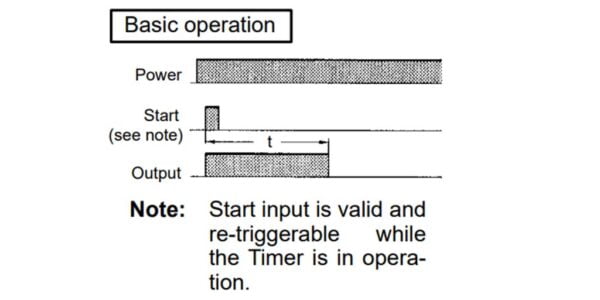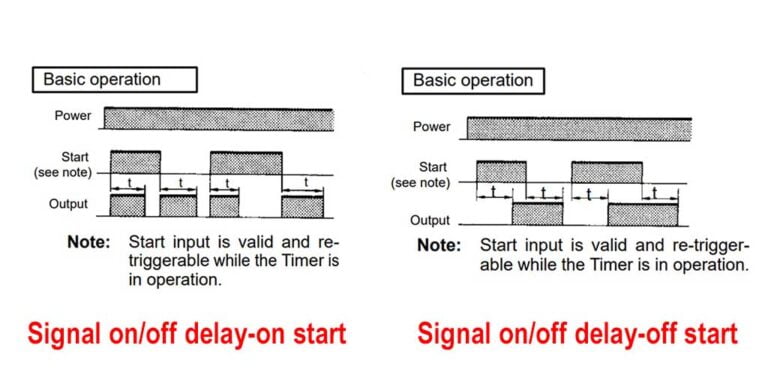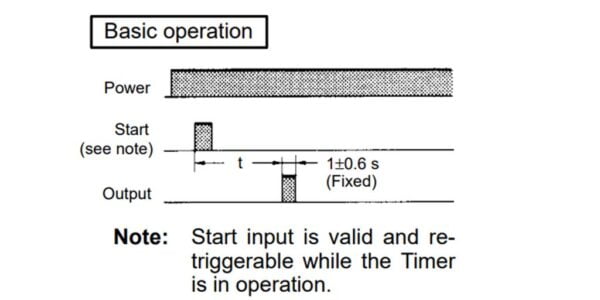Introduction
The time delay relays can be found in a lot of applications, no matter in industrial control area or residential lighting control, today let’s learn some knowledge about time delay realys and its functions.. The time delay relays are designed to control an event based on time. The primary function of these relays is to delay the onset of operation, an operation which is initiated by a signal that could be as simple as turning on a switch.
What is a Time Delay Relay?
The time delay relay is an automatic control device that uses the electromagnetic or mechanical action to delay the closing or breaking of contacts. It operates in response to a signal and after a set time delay, it switches its contacts. This delay can either be in the process of turning on (pull-in delay) or turning off (drop-out delay).
There are different types of time delay relays including on-delay, off-delay, interval-on, and repeat cycle relays. Each type has a unique function and is used in different applications. In the later part, we will talk each type of time delay relay function in details.
How Does a Time Delay Relay Work?
The working principle of a time delay relay is relatively straightforward. When a voltage or current signal is applied to it, for an on delay time relay, it will not act right now but after a set time. On the contrary, an off delay time relay will continue to work even a power is removed from this time relay until the end of a set time .
Applications of Time Delay Relays
As mentioned before, the time delay relays are widely used in industrial control applications and our daily life. Here below are their typical applications:
In the realm of industry, these relays play a pivotal role in automated control systems, aiding in the orderly progression of operations. Their presence is also significant in motor control hubs, conveyor mechanisms, and systems related to heating, ventilation, and air conditioning (HVAC) and so on.
In everyday applications, time delay relays can be found in household appliances like washing machines and dishwashers, where they control the timing of various operations. They are also used in lighting systems, where they can be programmed to turn lights on or off after a certain period, providing energy savings and convenience.
Components of a Time Delay Relay
Time relays usually consist of the 5 parts:
- Clock mechanism: The clock mechanism is used to control the time setting and timing of the time relay. It usually consists of clock circuit, timing circuit, clock device and other parts.
- Electromagnet: The electromagnet is the core component of the time relay. The start and stop of the time relay is realized by controlling the on and off of the electromagnet.
- Linkage mechanism: The linkage mechanism is used to transmit the action of the electromagnet to the controlled equipment to realize the control function of the time relay.
- Shell: The shell of the time relay is usually made of plastic or metal to protect internal components and circuits from external interference.
- Control switch: Time relays are usually equipped with control switches and manual operation buttons, which are convenient for users to control and adjust.
Types of Time Delay Relays
There are several types of time delay relays, the most common types include:
On delay time delay: This type of relay does not switch its contacts immediately after the input signal is applied. Instead, it waits for a preset time period to elapse before switching.

Off delay time delay: This relay switches immediately when power is applied, but when power is removed, it waits for the delay period to end before returning to its original state.

Interval-on time delay relay: This relay turns on immediately when power is applied and turns off after a set time period.

Repeat Cycle (Flicker): This relay alternates between on and off states at regular intervals for as long as power is applied, there are two kinds, one is flicker off start, the other is flicker on start, please their timing charts seperately as following:

Signal on/off delay-on start and signal on/off-off start: when the signal is applied to the time delay relay, it will switch on right now until set time elapsed and restart on again when the signal is removed. The signal on/off delay off start will work conversely, please see the below their working timing charts:

One-shot time delay relay: A one-shot time delay relay is an electrical control device that provides a time delay after a trigger signal is received, and then activates its output for a predetermined period of time.

How to choose a right time delay relay
Choosing the right time delay relay involves considering several factors:
- Delay Type: Determine whether you need an on-delay, off-delay, interval-on, or repeat cycle relay.
- Delay Duration: Consider the length of the delay you need. Time delay relays are available with delay periods ranging from milliseconds to hours.
- Voltage and Current Ratings: Choose a relay that can handle the voltage and current of your circuit.
- Environment: Consider the operating conditions. Some relays are designed for specific environments, such as high temperature or high humidity.
Conclusion
Choose a right time delay relay is always a not easy thing, by understanding the above knowledge, now you can have a detailed information about each time delay relay, and easy to choose a suitable one for your application. If you still have questions about them, leave a comment below, our sales will reply within 24 hours.






